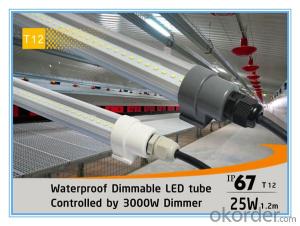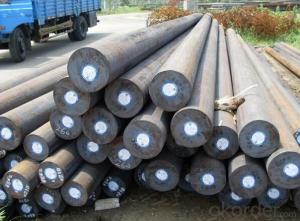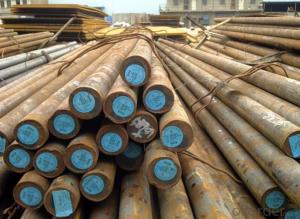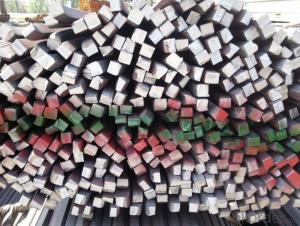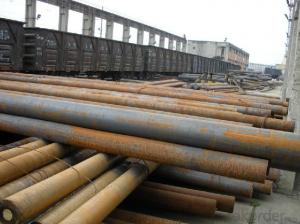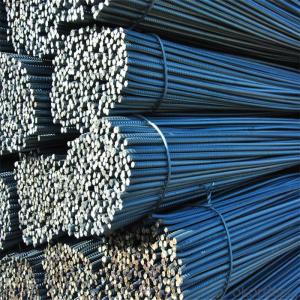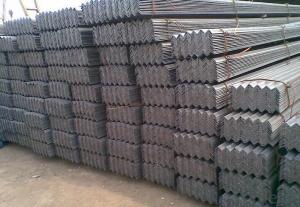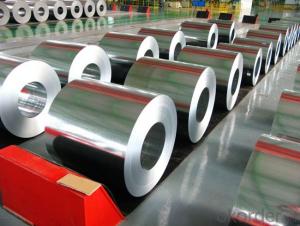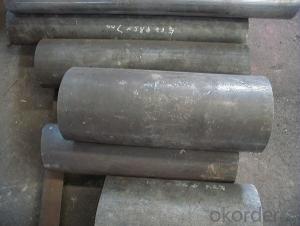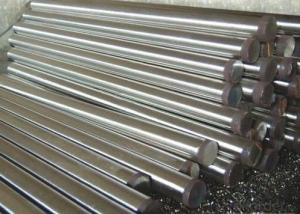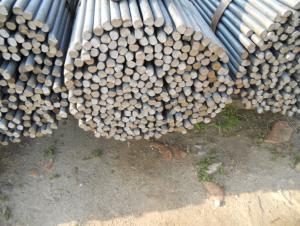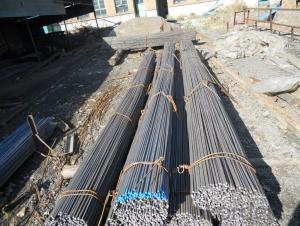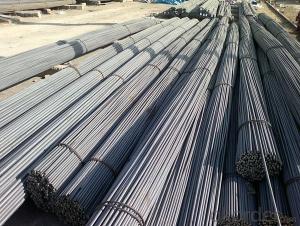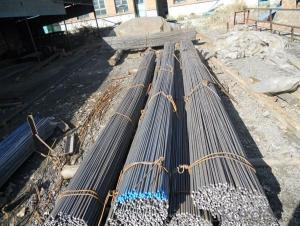T12 Steel Bar
T12 Steel Bar Related Searches
H S Code For Stainless Steel Surface Grinding Wheels For Hardened Steel Hole Saw For Stainless Steel Step Bit For Stainless Steel Transformers For Lights In Ceiling Led Lamps For Ceiling Stainless Steel Box With Lid Stainless Steel Bucket With Lid Ceiling Plate For Hanging Light Decorative Lights For CeilingHot Searches
Steel Mesh Panels For Sale Type Of Inverter For Solar Price Of Shipping Containers For Sale Types Of Inverter For Solar Aluminum Bar Stock For Sale Bags Of Cement For Sale Types Of Temporary Side Panels For Cement Deck Cost Of Awnings For Decks Type Of Scaffolding With Pdf Price Of Scrap Stainless Steel Price Of Stainless Steel Scrap Price Of Stainless Steel Galvanized Steel Scrap Price Type Of Stainless Steel Types Of Stainless Steel Grades Types Of Stainless Steel Aluminum Corp Of China Stock Types Of Scaffolding In Construction Pdf Stainless Steel Factory Stainless Steel TypeT12 Steel Bar Supplier & Manufacturer from China
Okorder.com is a professional T12 Steel Bar supplier & manufacturer, offers integrated one-stop services including real-time quoting and online cargo tracking. We are funded by CNBM Group, a Fortune 500 enterprise and the largest T12 Steel Bar firm in China.Hot Products
FAQ
- Steel round bars contribute to sustainable construction in several ways. Firstly, steel is a highly durable and long-lasting material, which means that structures built using steel round bars have a longer lifespan and require less maintenance and repairs over time. This reduces the need for frequent replacement, thereby conserving resources and reducing waste. Secondly, steel is a recyclable material, and steel round bars can be easily recycled and reused in other construction projects. By promoting the use of recycled steel, we can reduce the demand for raw materials and minimize the environmental impact associated with steel production. Additionally, steel round bars offer excellent structural strength and flexibility, allowing for more efficient designs and optimized use of materials. This results in lighter and more sustainable structures that require fewer resources to construct. Lastly, steel round bars are often used in reinforced concrete structures, which can enhance the durability and seismic resistance of buildings. By utilizing steel reinforcement, we can ensure the longevity and safety of structures, reducing the need for reconstruction and enhancing the resilience of our built environment. Overall, steel round bars contribute to sustainable construction by promoting durability, recyclability, resource efficiency, and improved structural performance in buildings and infrastructure projects.
- In order to maintain the longevity of excess steel round bars and prevent any damage, it is imperative to adhere to specific guidelines. Here are several measures that can be implemented: 1. It is essential to thoroughly clean and examine the steel round bars prior to storage. Remove all traces of dirt, grease, or moisture from the surface to hinder corrosion. 2. Opt for an appropriate storage location. Ideally, select a well-ventilated, dry area with stable temperatures. Avoid areas that are susceptible to moisture, extreme heat, or direct sunlight when storing the bars. 3. Implement the use of racks or pallets for bar storage. Arrange them horizontally, one on top of the other, ensuring there is ample space between each layer to prevent any deformation or bending. 4. If the bars are to be stored outdoors, ensure they are covered with a waterproof tarp or a protective coating to safeguard against rain, snow, and other elements. 5. Refrain from placing excessive weight on top of the bars to prevent deformation. Additionally, exercise caution regarding any sharp objects or edges in close proximity that could potentially cause damage. 6. Regularly inspect the stored bars to detect any signs of corrosion, rust, or other damage. If any issues are identified, promptly address them by taking the necessary measures. It is crucial to bear in mind that proper storage is paramount to preserve the quality and integrity of the steel round bars. By adhering to these guidelines, one can ensure that the excess steel round bars remain in optimal condition until they are required for future use.
- There are several different types of steel round bars commonly used in the manufacturing of springs. These include: 1. Carbon steel round bars: These are the most commonly used type of steel for springs. They have a high carbon content, typically ranging from 0.60% to 0.95%. Carbon steel round bars offer good strength and durability, making them suitable for a wide range of spring applications. 2. Alloy steel round bars: These are made by adding alloying elements such as chromium, manganese, nickel, or vanadium to carbon steel. Alloy steel round bars provide enhanced mechanical properties, including higher strength, toughness, and resistance to wear and corrosion. They are often used in heavy-duty or high-performance spring applications. 3. Stainless steel round bars: These are corrosion-resistant steel bars with a high chromium content (usually above 10.5%). Stainless steel round bars are popular for springs that require excellent resistance to rust, oxidation, and chemicals. They are commonly used in applications where hygiene, cleanliness, and aesthetic appeal are important, such as in the food and medical industries. 4. Spring steel round bars: These are specifically designed for spring manufacturing. They have a unique combination of properties, including high yield strength, good fatigue resistance, and excellent elasticity. Spring steel round bars are typically made from either carbon steel or alloy steel, depending on the specific requirements of the application. It is important to choose the right type of steel round bar based on factors such as the intended application, load requirements, environmental conditions, and desired spring performance. Consulting with a materials engineer or spring manufacturer can help determine the most suitable steel round bar for a specific spring manufacturing project.
- The maximum weight capacity of a steel round bar depends on its diameter, length, and the specific type of steel used.
- There are several different types of steel that are commonly used in the production of round bars. Some of the most common types include: 1. Carbon Steel: This is the most basic type of steel used in round bars. It contains a small amount of carbon (typically less than 1%) and is known for its strength and durability. Carbon steel is often used in construction and structural applications. 2. Alloy Steel: Alloy steel is made by adding other elements to carbon steel, such as manganese, chromium, or nickel. These additional elements enhance the strength, hardness, and corrosion resistance of the steel. Alloy steel round bars are commonly used in machinery and automotive parts. 3. Stainless Steel: Stainless steel is a type of steel that contains a minimum of 10.5% chromium by mass. This high chromium content gives stainless steel its unique properties, including corrosion resistance and a shiny appearance. Stainless steel round bars are widely used in the food industry, construction, and in applications where high corrosion resistance is required. 4. Tool Steel: Tool steel is a special type of steel that is designed to withstand high temperatures and resist wear and tear. It is commonly used in the manufacturing of tools and dies, as well as in applications where high strength and hardness are necessary. 5. Duplex Stainless Steel: Duplex stainless steel is a type of stainless steel that contains a combination of austenite and ferrite phases in its microstructure. This gives it superior strength and corrosion resistance compared to regular stainless steel. Duplex stainless steel round bars are often used in marine and chemical industries. Overall, the choice of steel for round bars depends on the specific requirements of the application, such as strength, corrosion resistance, and temperature resistance.
- One advantage of using precipitation-strengthened steel round bars is their superior strength and hardness. The precipitation-hardening process allows for the formation of fine and evenly dispersed particles, enhancing the material's mechanical properties. This makes them suitable for applications that require high strength and durability, such as in construction, manufacturing, and automotive industries. Additionally, precipitation-strengthened steel round bars have excellent corrosion resistance, enabling them to withstand harsh environments and prolonged exposure to moisture without compromising their strength.
- Indeed, one can find steel round bars in custom sizes. Steel manufacturers and suppliers have the capability to produce round bars according to precise size demands and specifications. It is possible to make requests for custom sizes based on the diameter, length, and overall dimensions of the round bar. Whether it is for a particular project or application, numerous steel manufacturers and suppliers provide the opportunity to tailor the size of round bars to cater to individual requirements.
- Weather-resistant steel round bars have numerous benefits. Firstly, they are specifically designed to withstand harsh weather conditions, such as corrosion, rust, and degradation caused by rain, snow, humidity, and saltwater environments. This makes them ideal for outdoor applications like construction projects, marine structures, and coastal infrastructure. Secondly, weather-resistant steel round bars eliminate the need for extra protective coatings or treatments. Unlike regular steel, which requires frequent maintenance and painting to prevent rust and corrosion, these bars develop a natural protective layer called patina. This patina acts as a barrier against further corrosion, reducing maintenance requirements and extending the material's lifespan. Thirdly, these bars offer exceptional strength and durability. They are manufactured with a special alloy composition that enhances their mechanical properties, making them highly resistant to impact, bending, and fatigue. This makes them perfect for structural applications in bridges, building frameworks, and heavy machinery. Additionally, weather-resistant steel round bars have aesthetic advantages. The unique patina that forms on their surface gives them an attractive reddish-brown color, adding a visually appealing element to architectural and design purposes. Lastly, the use of weather-resistant steel round bars contributes to sustainability and cost-effectiveness. Their long lifespan and low maintenance requirements make them a more sustainable option compared to traditional steel. While the initial investment may be higher, the long-term savings in maintenance and replacement costs make them a cost-effective choice in the long run. In conclusion, the benefits of using weather-resistant steel round bars include their ability to withstand harsh weather conditions, eliminate the need for additional protective coatings, provide exceptional strength and durability, offer aesthetic appeal, and contribute to sustainability and cost-effectiveness.





















